There is a sense of excitement in discovering how ancient cultures innovate to get things done. With limited tools and equipment, they have learned to rely on their skills to lay out a more convenient and livable future for the generations to come. And those are the legacies working in the modern-day.
Like the other cultures of the past, Celts or the Celtic people contributed a lot to the kind of life we enjoy these days. Their notable achievements and inventions across industries laid out more developed living conditions for everyone. So it is fair that we recognize their contributions and correctly attribute what is due to their tribe. It hurts that others see these Indo-European people merely as mystical barbarians or fierce warriors. The Celtic tribe, a civilization that originated in Western Europe close to the Danube River, is definitely beyond that.
Use of iron in creating tools and weapons

The Celts lived during the Iron age when the discovery of metal called iron was still new. Skillful as they were, they got to put such material into good use, creating tools and weapons out of it. They were among the first groups to create swords and made them widespread by the 6th Century. Before the discovery of iron, bronze was the primary material used in all of Britain.
Among their creations at the time, the Celtic plow is a real gem and a standout. They used it to clear rocky soils, create seed drills, and efficiently pull grass and undergrowth up.
Around the 1st Century BCE, Belgic tribes picked the idea and developed a more helpful plow, which could move the soil away from the path, towards the side. The Romans also had their plow model, but it was inferior to what the Celtic plow could accomplish.
Developing Great Road Networks
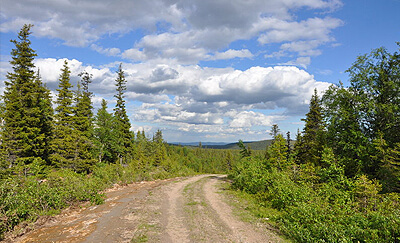
The Celts had interactions with the Greeks, but only the valuable insights of the Roman authors accounted for their existence altogether. Having been around for centuries before the Romans, the Celts were in a much better position to take credit for some achievements mistakenly associated with the Roman empire. Such is the creation of great road networks throughout Europe.
Around the 6th Century BC, the Celts’ road-building skills created a trading center near the headwater of the Danube River. They also made the Tin Road, which runs from Massalia to Britain, the Amber Road, the Moravian Gate, and modern-day Danzig. They used their roads to trade luxury goods and other items. More than that, the Celts also deliberately built roads to mirror their Sun God’s paths. Yes, it had that much significance, but they, unfortunately, lost such accounts with lack of written evidence, and the credit went to the Romans.
The Coligny Calendar
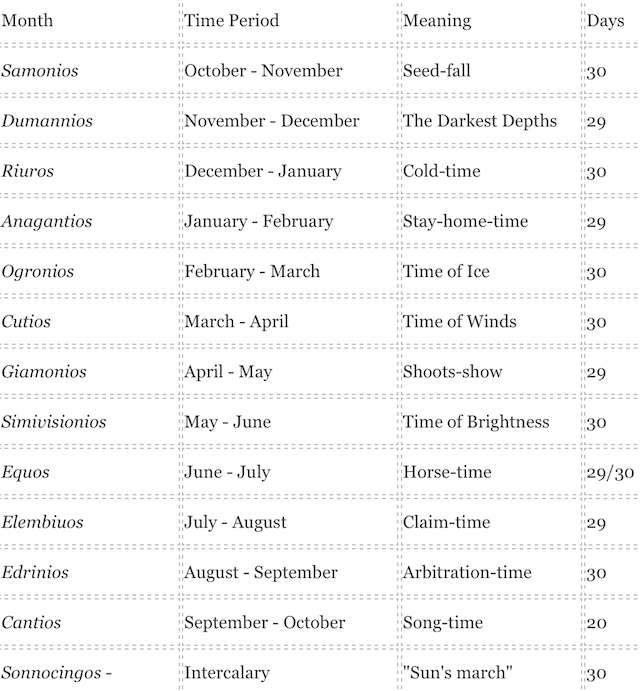
The Celts had their way of telling the time of the year based on a calendar they developed, which featured 12 months and a total of 354 days. They call it the Coligny calendar, a second-century Celtic calendar found in 1897.
The Coligny calendar was found in Coligny, France. The tablet was engraved in bronze and had 73 fragments, which were preserved and staged at the Gallo-Roman Museum of Lyon-Fourvière.
In the lunisolar Coligny calendar, each month consists of 29 or 30 days, and each week has five days. Every two and a half years, they add an extra month to counter how the months get earlier, based on the comparison of seasons.
This Celtic calendar runs on 30-year cycles, split into five years of 62 months, so it remains in sync with the seasons and the lunar phases.
The Celebration of Halloween
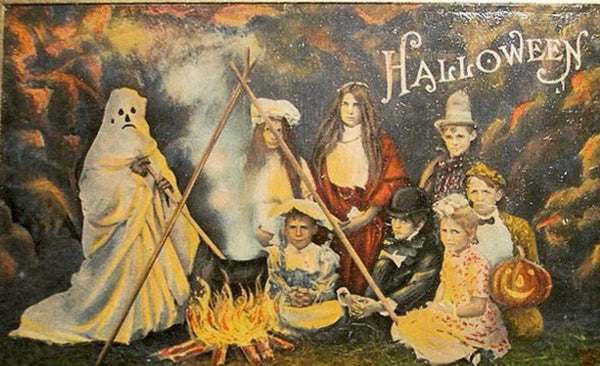
The earliest celebrations of Halloween had their Celtic origins.
The Celts celebrate the Samhain festival to mark the end of summer and the beginning of the dark, cold days—a period often associated with the chilling feel of human death. It was the same festival believed to inspire the celebration of Halloween.
Why? Well, it was a Celtic belief that life and death had the thinnest boundaries on the night of the 31st of October, which may mean spirits could go over and mingle with the living. They supposedly caused damage to the crops and trouble to mankind. That’s why the Celts gathered for fruits and vegetable offerings, animal sacrifices, and bonfire lightings to keep the dead away.
By the 9th Century CE, the ancient Celtic festival blended with Christianity, celebrating “All Soul’s Day” every 2nd of November.
Grooming and kits
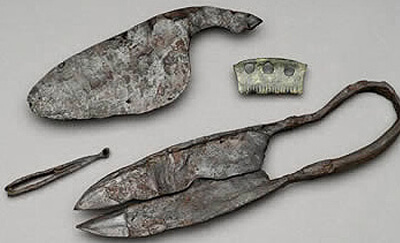
The Celts achieved several feats but were mostly credited to another tribe. All that was left for them was mankind’s impression that they were barbaric and war-like.
But the Celtic peoples are complex. There may be those who kept their long hair, left their beards unshaven, and wore shabby clothes, but there were also those who were well-groomed. One of the archaeological shreds of evidence that the Celts cared about their looks and took great pride in their forms was a host of grooming equipment, which included combs, hair pins, and hollow golden balls.
Weren’t they the ones believed to have introduced soaps to the Romans? Well, that’s for our next item.
Soap
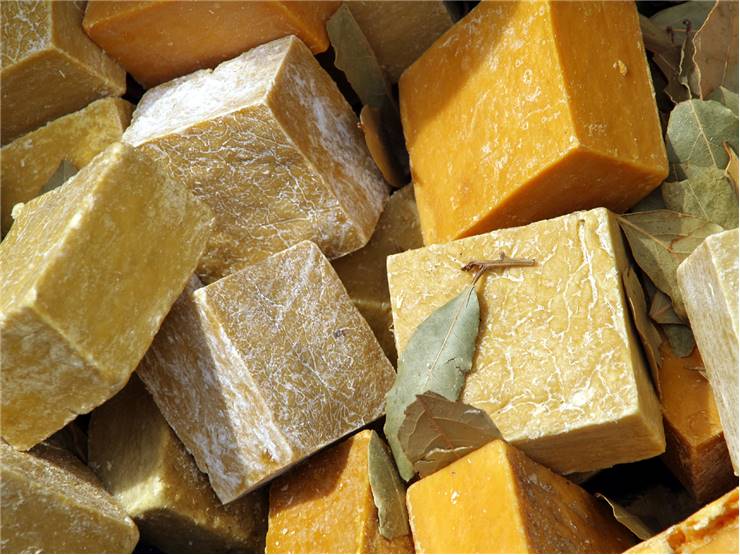
It was from the Celts’ saipo that the word “soap” was derived. After the Babylonians indulged in soap-making as early as 2800 BC, the Celtic people were next in line. They made soaps for their regular baths, created in ball forms that inspired modern molds.
No matter how the Romans tried to claim this part of history, it always goes back to concrete evidence that the Celts learned soap-making first and introduced it to them. The Celts made theirs using animal fats and plant ashes, particularly goat fat and beechwood, for the best quality saipo. They were also known to have regular baths, with some tribes following such belief that warriors should take a bath before the evening meal.
Wearing pants
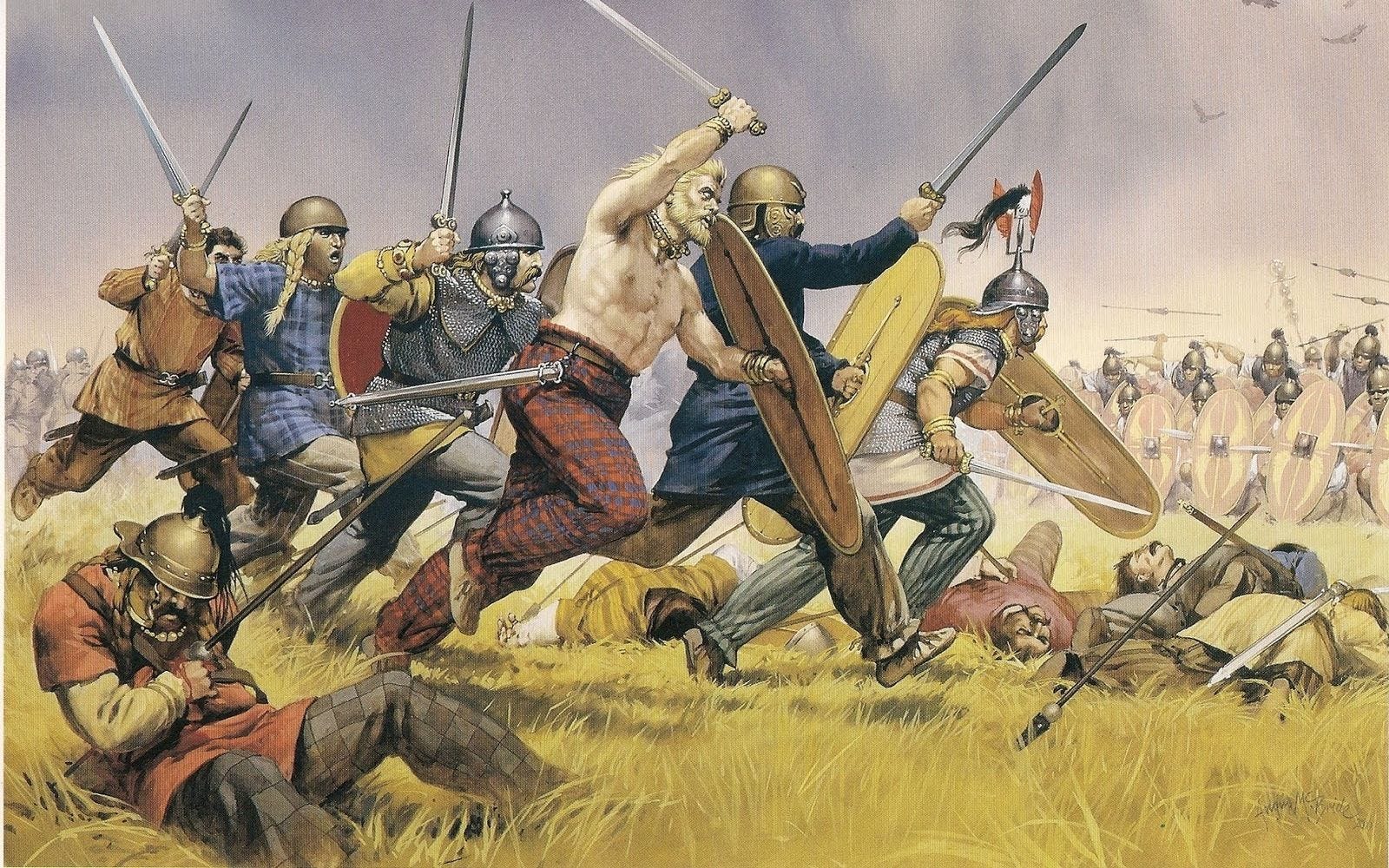
The Celts wore braccae, the Latin term for trousers. They were probably the oldest civilization who wore such a piece of clothing closest to how the modern pair of pants look.
The Celtic pants were baggy and had a drawstring. They vary in length, with those living in warmer climates wearing pants just above the knees while others prefer the longer ones, primarily to protect them against the cold.
The Romans knew about braccae, too. But they prefer wearing a tunic as the Celts prefer wearing trousers for practical reasons. They find them more convenient, especially when going to work, war, or wherever.
The torcs
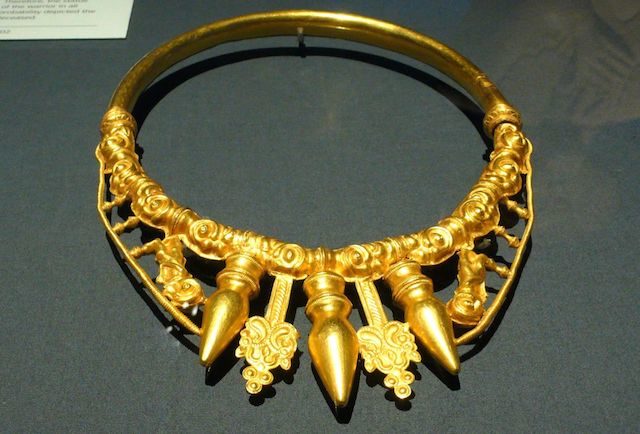
Like the Romans, most Celts loved to brag about their status in the society, and the torc (or toque) is one of the most symbolic items of elitism they loved wearing.
Torcs are metal rings made of either silver, bronze, or gold. They are worn around the neck and were worn permanently. More than being a status symbol, torcs are also believed to carry some supernatural powers with them, which helped the Celts to come out triumphant in their battles. It supposedly gave them strength and confidence.
But the metal neck-bands were quite heavy and would not be ideal for wearing if you are going to war if you ask us.
Horseshoe
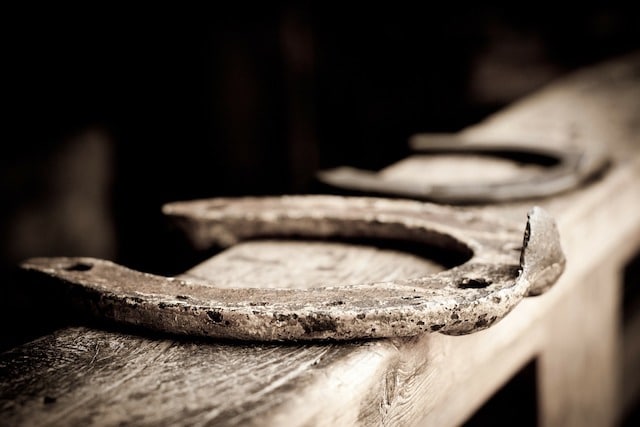
There was no solid evidence of who made the first horseshoe, but the Celts have been known makers since 100 BCE.
Horseshoes were very useful to the Celtic people. Primarily, they made it to keep their horses from skidding, especially during winter, when snow presents some real challenges. Afterward, they discovered it valuable for keeping their horses, the northern type with broad feet, in tip-top shape.
Like most things, the Romans tried to copy the Celtic horseshoe and take credit for them. But the Roman models were relatively inefficient compared to the Celts’. They were only useful if the horses were walking, making them utterly useless during battles when the tension was high and the movements were huge. So the Romans re-developed theirs and introduced an improved version of the Celtic horseshoe around 200 CE. It was close to the plain horseshoe we see these days.
The Redheads
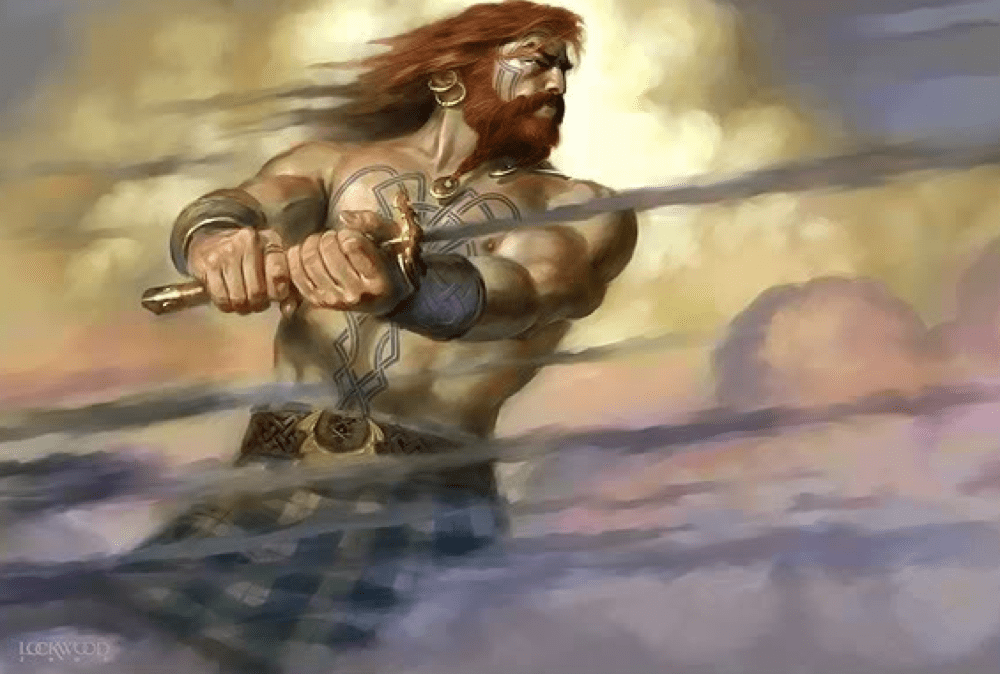
Several ancient tribes recognized their encounters with redheads, particularly during the Iron Age, among the Celtic warriors. For example, the Romans addressed the Celtic tribes they came across as having long, red hair with tall stature.
Several theories afterward surfaced that the red hair gene was prevalent in Northern and Western Europe. However, the pattern was more consistent with the Celts.
Supposedly, red hair started to develop when Africans came to Europe. Fewer exposure to sunlight and lower temperatures made people lack vitamin D, eventually forming the red hair prototype.